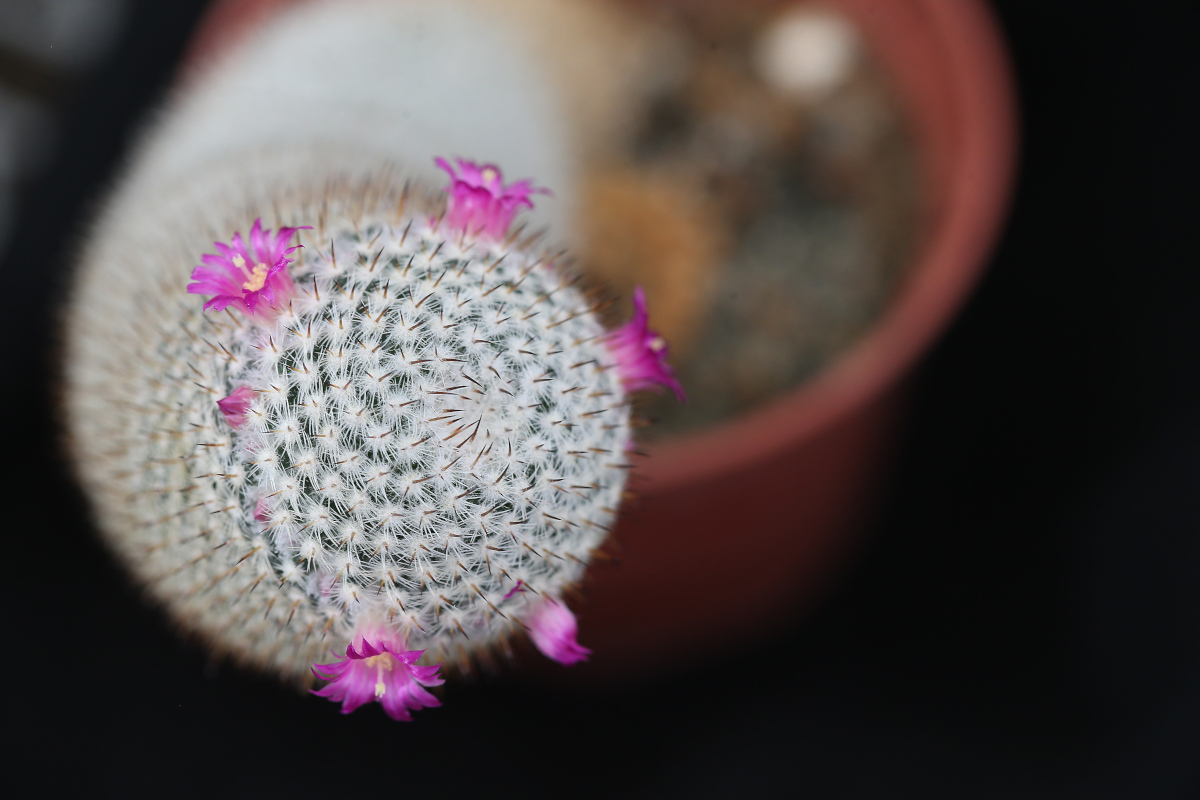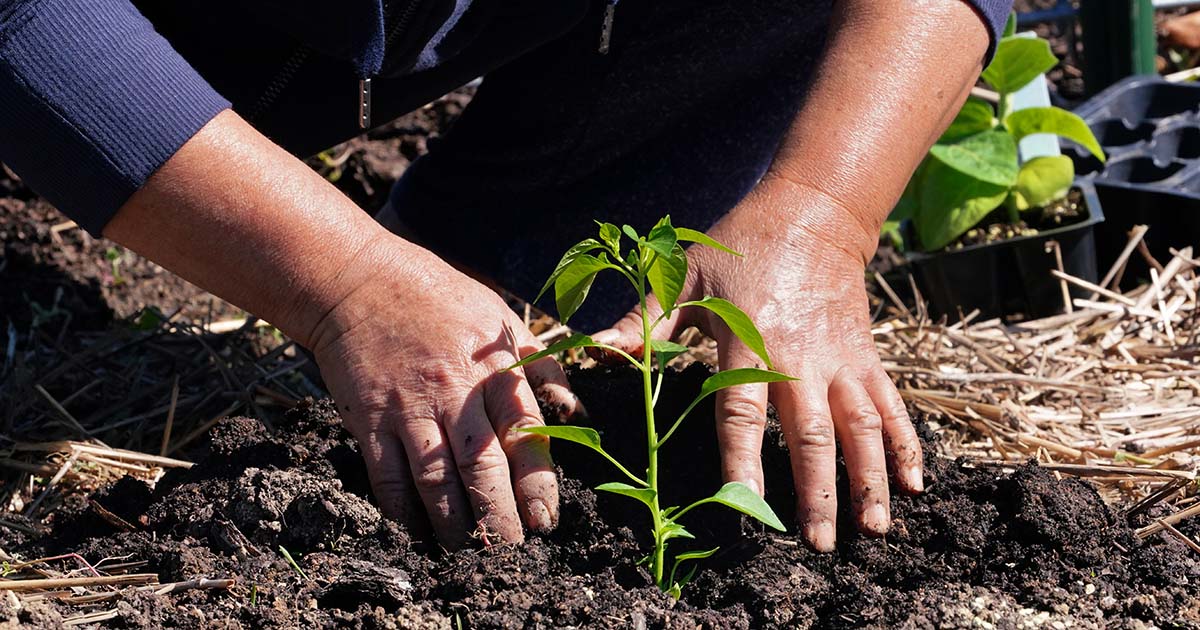Four steps for thriving indoor plants
In celebration of National Houseplant Appreciation Day, Karen Mitchell, consumer horticulture Extension specialist, shares these helpful tips to ensure your plants stay green and healthy.
“Houseplants are great year long, but they are especially beneficial in the winter to keep your home’s inside as green as possible. Winter is also the best time to reevaluate your houseplants for necessary care,” said Mitchell.
Watering
When it comes to watering houseplants, it’s important to make sure they aren’t over or under watered. I recommend sticking the tip of your finger, past the first knuckle, into the soil. If the soil is dry, it’s time to water. Watering frequency can depend on the size of the plant and pot. I prefer to water from the bottom, where I set my plants in a bowl of water to let them soak up moisture. As soon as the top is moist, take it out and let it drain in a dish. I find you don’t have to water nearly as much because the plant receives consistent watering throughout the pot instead of only on the top soil.
Placement
Different houseplants will have different needs, so it is important to know and observe each plant. When looking for a sunny window, windows that are south facing are likely to be the best. Don’t place your plant too close to windows especially in the winter because of cold air drafts and don’t allow plants to directly touch the window. When it comes to plants with thicker leaves or succulents, they don’t need direct light as much and will grow fine with florescent lighting. Usually, if a plant isn’t getting enough light, the leaves will yellow and fall off. In some cases of too little light, the plant will elongate and the stems might start stretching. If you see cases of yellowing leaves or stretching, move your plant to a better lit area.
Repotting
Houseplants should be repotted when they are root bound, meaning there isn’t additional space for the roots to grow. One way to know if a plant is rootbound is if the roots are growing out of the drainage hole. If you find the roots have filled the pot and there isn’t any loose soil, it’s time to pot it up. Only pot up an inch to two inches bigger than the current pot. If you place the plant in a pot too big, there is a risk for the soil around the roots to stay moist and possibly cause root rot. I don’t recommend repotting in the winter because plants are generally more stressed; instead, I usually wait until the spring when the humidity and light are better.
Pest Control
A common houseplant pest is mealybugs, which look like fuzzy cotton on leaves. They are easily removed with a cotton tip and rubbing alcohol. Another common pest is soil gnats. These are generally caused by overwatering. To remove, reduce the amount of water given and consider repotting.


